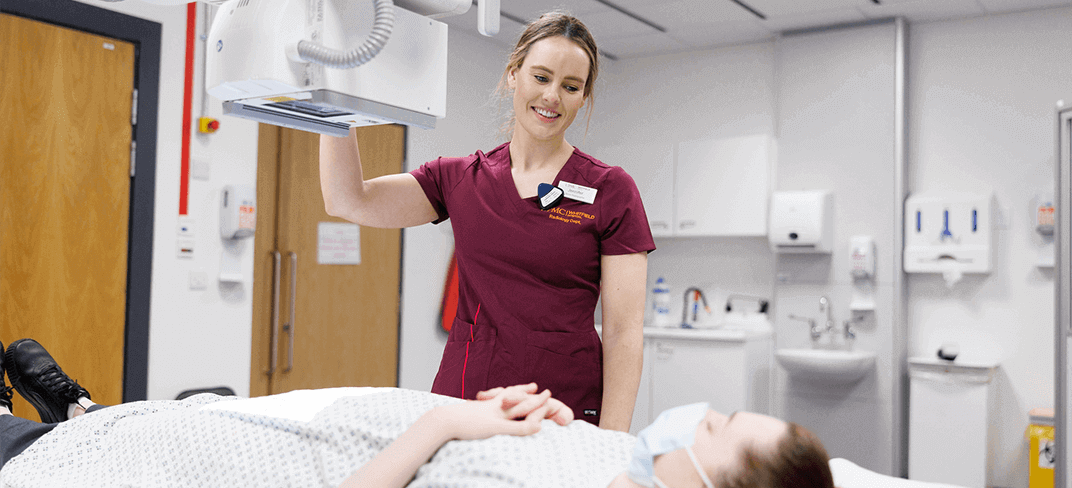Know the Difference Between an X-Ray, CT, and MRI Scan

Patients frequently receive referrals for diagnostic imaging exams to detect diseases, identify injuries, or gain a closer look at specific areas. Your GP can provide insight into these diagnostics, but below is information on three widely-used imaging techniques—X-rays, MRIs, and CT scans. Specifically, let's explore the procedures, duration, and what to expect during each of these diagnostic examinations.
What Is an X-Ray?
An X-ray is an imaging test that takes pictures of your internal body structures, including bones and soft tissue.
How do X-rays work?
Doctors commonly use X-ray technology to diagnose broken bones. They can also detect pneumonia, types of cancers, and other developing conditions.
What to expect during an X-ray
In this exam, an X-ray machine sends individual X-ray particles through the body. These are recorded as digital X-ray images on a computer. These X-ray images, called “radiographs,” are a result of a shadow cast between the X-ray source and the X-ray detector to capture images of different tissues or bones inside the body.
This exam is painless. It may require you to stand still for a short period of time, which can cause temporary discomfort.
Length of X-ray exam
The length of time depends on the body part being examined. It typically takes a matter of minutes.
What Is a Computed Tomography (CT) Scan?
A computed tomography (CT) scan is an imaging test that combines X-rays and computer technology to produce images of your body.
How does a CT scan work?
Doctors use CT scans primarily to look at the soft tissue of the body and various organs. A CT scan uses data from several X-ray images and converts them into CT pictures.
CT scans can also diagnose an infection and can be used to guide a surgeon to the right area during a biopsy, identify masses and tumours (including cancer), and study blood vessels.
What to expect during a CT scan
During a CT scan, you will lie on a table that slides into the center of the CT scanner. Once you are inside the scanner, the machine’s X-ray beam rotates around you.
A computer creates many CT images of the body, called slices. The radiologist can view these images on a monitor. You will be asked to remain still during the exam to avoid blurred images.
You may need to drink a contrast liquid for the CT scan. This allows the radiologist to highlight certain areas for a clearer image. The care team will provide the drink upon your arrival.
Length of CT scan
Complete scans usually take only a few minutes.
What Is Magnetic Resonance Imaging (MRI)?
A magnetic resonance imaging (MRI) exam is a diagnostic test that uses a magnetic field, radio waves, and computer technology to produce images of the inside of your body.
How does an MRI work?
MRIs detect diseases or abnormalities throughout the body, such as brain aneurysms or tumours. They also are often used as a “second look” if other imaging scans provide inconclusive results.
No radiation is used in an MRI exam. Instead, MRI images are generated by pulsing radio wave energy through the body to produce cross-sectional pictures of organs and internal structures in the body.
What to expect during an MRI
Before an MRI procedure, you will be asked to remove all metal. The purpose is to avoid interaction with the magnet inside the MRI equipment.
Some exams require a special dye (contrast), which you receive through a vein (IV) in your hand or forearm before the test. The dye helps the radiologist see certain areas more clearly.
During the scan, the technician will watch you from another room to ensure you are comfortable and give updates on the status of the exam.
Length of MRI
Depending on the area of concern, an MRI test can last between 30 and 60 minutes.
UPMC offers state-of-the-art diagnostic imaging services that include X-ray, CT scans, MRI and ultrasound. If you need a diagnostic appointment, ask your GP for a referral.